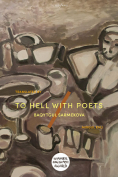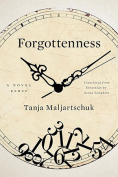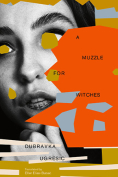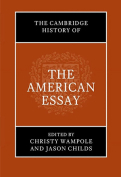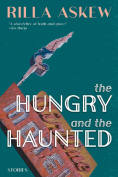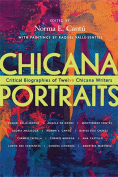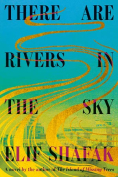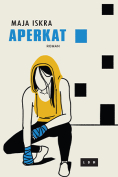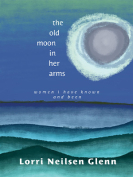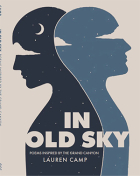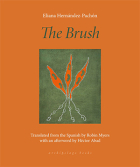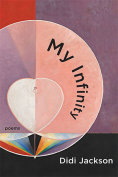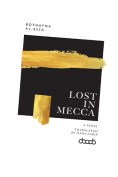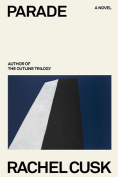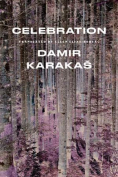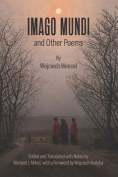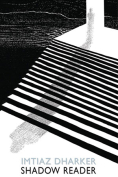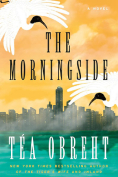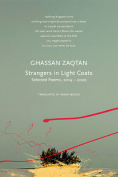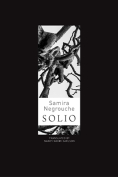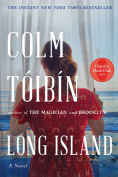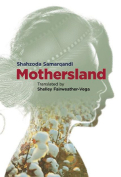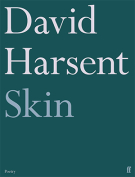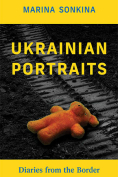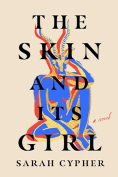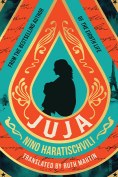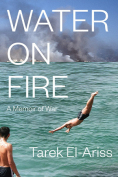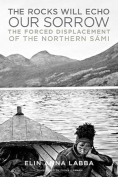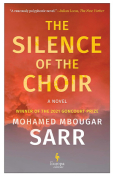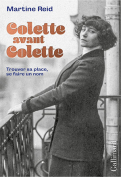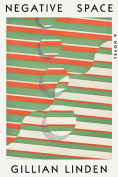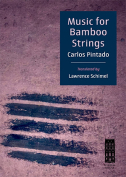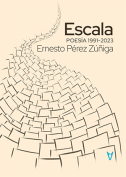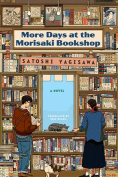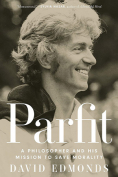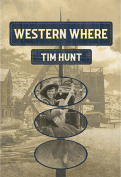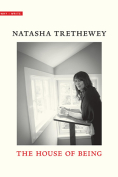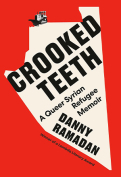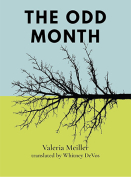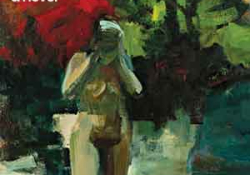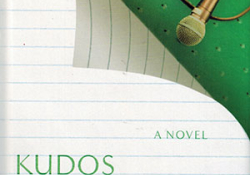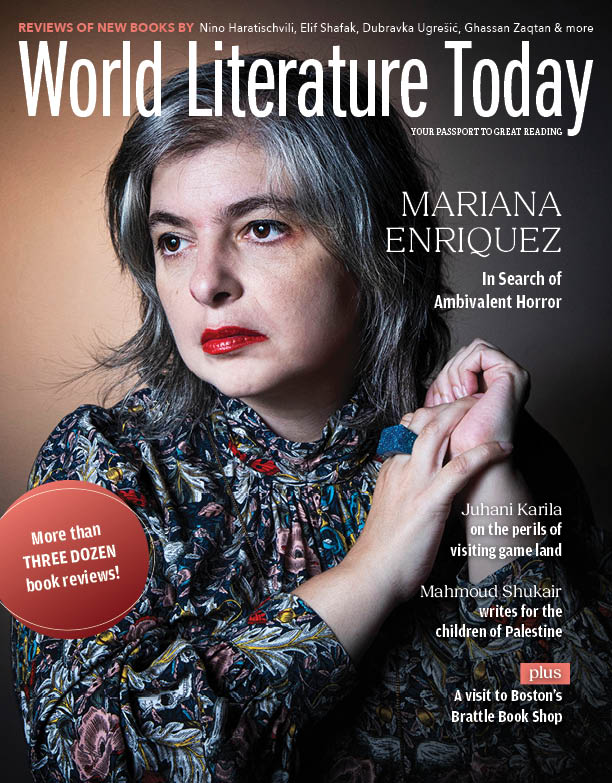Parade by Rachel Cusk
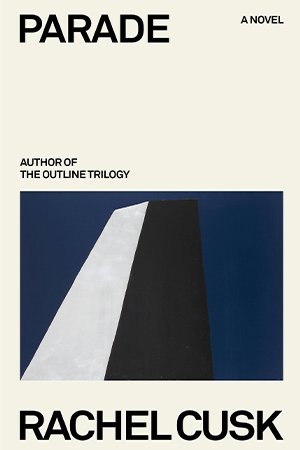 New York. Farrar, Straus and Giroux. 2024. 198 pages.
New York. Farrar, Straus and Giroux. 2024. 198 pages.
How to write a novel about art? If anything, the novel risks reducing art to the experience of the protagonist, the artist. While such an approach can bring an interesting and valuable sense of depth to the interpretation of art, it forgoes regarding the artwork simply as it is, in its idiosyncratic contingency. Rachel Cusk does and does not go along with this subjectification of art and artists in her new book, Parade.
In its style and presentation, Parade appears to join her earlier Outline trilogy that listed Outline (2014), Transit (2017), and Kudos (2018; in 2021, she published Second Place). However, this sense of recognition is dispelled at the substantive level. While Cusk does share formative experiences of an array of artists all named by the initial “G,” at another level Parade homes in on the work of art as an objective consistency. This feature is particularly relevant to the understanding of contemporary fiction.
The Outline books were remarkable in how they depicted a variety of characters off-loading their worries to Faye, the protagonist of the series—named once in every volume. The passivity of Grace was suffocating, for sure, but it also allowed for the unique series of strange encounters and exchanges that made up the Outline trilogy. At the same time, it adumbrated a shadow- or sister-volume that would record Grace’s experience. Indeed, these fictions work on the back of the reader’s speculation about the narrator’s inner processing.
Parade, however, chooses a different logic entirely. Basically, Parade is a constellation around the concepts of art, womanhood, representation, and violence. It wants to foreground these notions in their abstract operativity. Over four chapters (“The Stuntman,” “The Midwife,” “The Diver,” and “The Spy”), it juxtaposes the manifold story of G with that of the narrator, who uses the plural “we.” If the Outline books brought out events and experiences as somehow belonging to a character to relate them, Parade presents these things as if they were the product of a machinery. This is not to say that there is something mechanical or predictable about them; it means to indicate the objectivity of the story here.
The stories include many references to captivity and banishment: there is an artist G who exploits his wife existentially; there is an artist G who, with their child, is being held hostage by the husband; and there are artists G who are kept in abandonment by their parents. The level of cruelty of these antagonists cannot be understood in terms of forensic psychology, and for that reason it cannot be represented by the twentieth-century novel; it is the stuff of fairy tales. In contemporary writing, two works in particular allow for comparison.
First, for the exquisiteness of the cruelty depicted, there is Hanya Yanagihara’s A Little Life (2015). A Little Life was anachronistic not only because of its focus on the 1990s. Indeed, writing for The Guardian, Sarah Churchwell called its focus on Jude “pre-Copernican,” while Carol Anshaw of the New York Times said it “almost seemed allegorical.” Second—and even more explicitly—Parade comes into alignment with another remarkable piece of contemporary fiction: Adam Ehrlich Sachs’s Gretel and the Great War (2024). The final chapter, in particular, appears to take position here. While the use of “we” in the first three chapters (living together, going to events together) signaled the identity of the narrator and her or their partner—the spouses who are the heroes of twentieth-century fiction—the book closes with a sibling relationship (“Not long ago our mother died”). G may also stand for Gretel, who saved her brother from an evil witch.
Today, fiction appears in the process of leaving behind its proper layeredness, its hang-up with depth, and assumes the role of the orthodox painter of icons. For Cusk, this departure is not a mere leaving behind but instead a dialectical Aufheben. Steeped in, and in excess of, myriad politicized subjectivities, Parade is a contemporary cautionary tale.
Arthur Willemse
Universities of Maastricht and Hasselt
